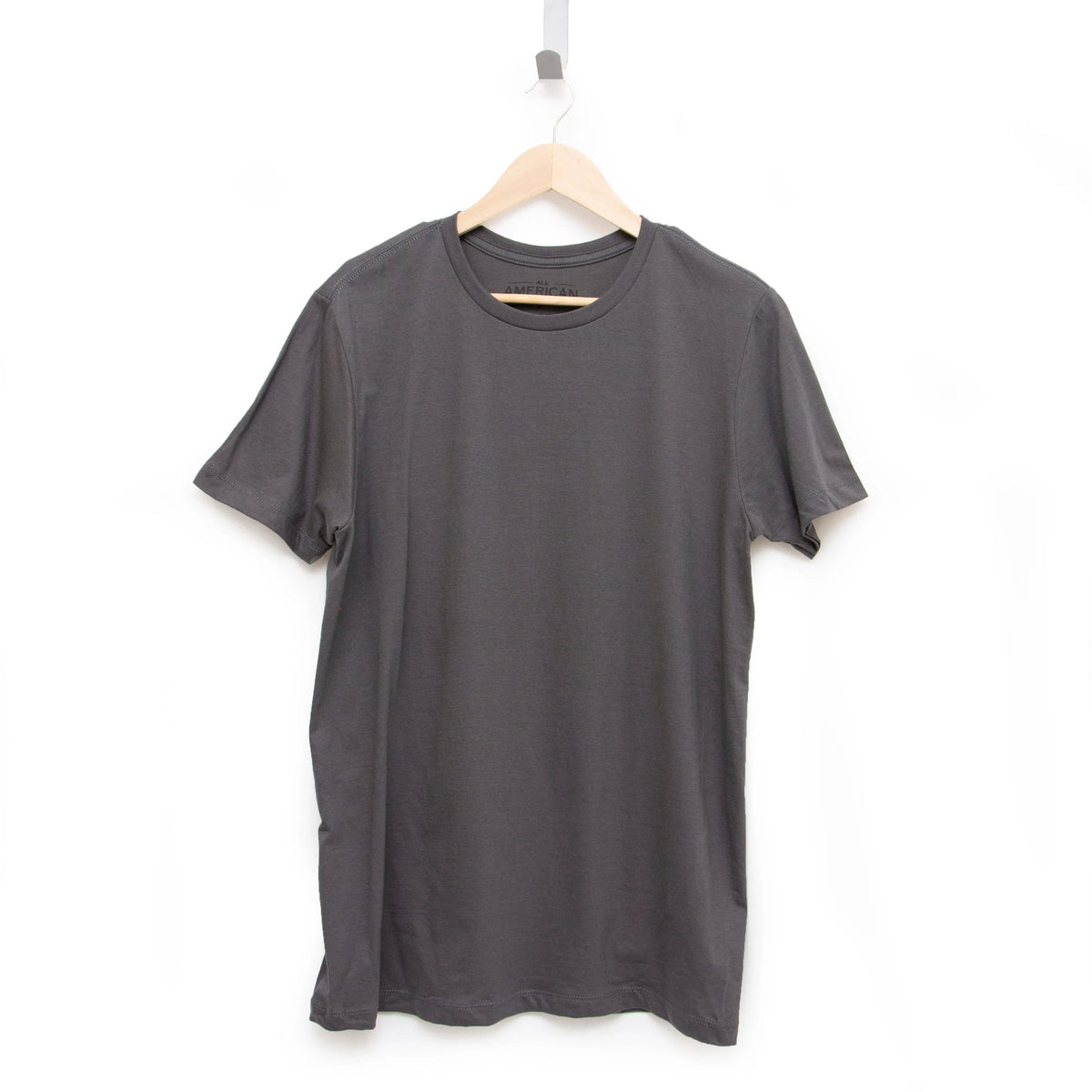When it comes to working out, choosing the right clothing material is crucial for maximizing performance, comfort, and overall workout experience. In this blog post, we will delve into the world of workout clothing materials, exploring their unique properties, benefits, and drawbacks. By understanding the science behind these materials, you can make an informed decision and optimize your workout routine.
- Moisture-Wicking Fabrics:
Moisture-wicking fabrics, such as polyester and nylon blends, are highly recommended for workout attire. These materials excel at pulling sweat away from the body, allowing it to evaporate quickly. By keeping you dry, they prevent discomfort, chafing, and the growth of bacteria. Additionally, moisture-wicking fabrics are lightweight and breathable, enhancing your range of motion and overall performance. - Breathable and Ventilated Fabrics:
Breathability is a key factor in workout clothing, as it helps regulate body temperature and prevent overheating. Fabrics like mesh, bamboo, and certain types of cotton offer excellent breathability and ventilation. Mesh panels or inserts in strategic areas of your workout attire can enhance airflow, keeping you cool and comfortable during intense exercise sessions. - Compression Fabrics:
Compression clothing has gained popularity in recent years due to its numerous benefits. These garments, typically made from a blend of spandex and nylon, provide a snug fit that supports muscles, reduces muscle vibration, and enhances blood circulation. Compression fabrics also aid in reducing muscle fatigue and soreness, allowing for quicker recovery post-workout. - Odor-Resistant Fabrics:
During intense workouts, body odor can become a concern. Fabrics treated with antimicrobial properties, such as silver nanoparticles or bamboo charcoal, can help combat odor-causing bacteria. These materials inhibit bacterial growth, keeping your workout gear fresh and odor-free even after multiple uses. - Durability and Longevity:
Investing in workout clothing that withstands the test of time is essential. Look for fabrics known for their durability, such as nylon or polyester blends. These materials are resistant to wear and tear, ensuring your workout attire remains in top condition even after frequent use and washing.
Conclusion:
Selecting the right clothing material for your workout routine can significantly impact your performance, comfort, and overall satisfaction. Moisture-wicking fabrics, breathable materials, compression garments, odor-resistant fabrics, and durable options are all worth considering. By understanding the unique properties of each material, you can make an informed decision and optimize your workout experience. Remember, the right clothing material is a vital component in achieving your fitness goals.


